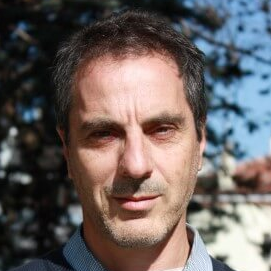Cutaneous Complications of Targeted Cancer Therapy
A special issue of Medicina (ISSN 1648-9144). This special issue belongs to the section "Dermatology".
Deadline for manuscript submissions: closed (15 July 2021) | Viewed by 3346
Special Issue Editor
Interests: cutaneous oncology; immunodermatology
Special Issues, Collections and Topics in MDPI journals
Special Issue Information
Dear Colleagues,
Research in cancer development has led to the rapid emergence of numerous targeted anticancer therapies in the last decade. Targeted therapies, unlike standard chemotherapy agents that lead to systemic toxicities, are frequently associated with cutaneous adverse events, which may be responsible for dose reduction or therapy discontinuation. Given the rapid development of targeted anticancer treatments, dermatologists will be essential for the recognition of these cutaneous complications, particularly as the presence of dermatologic toxicities has been shown to have a positive correlation with response to therapy. Skin adverse events significantly influence the quality of life of patients under treatment with targeted drugs.
Authors are invited to submit research papers, reviews, clinical studies, and case reports concerning this issue.
Prof. Dr. Mauro Salvatore Alessandro Alaibac
Guest Editor
Manuscript Submission Information
Manuscripts should be submitted online at www.mdpi.com by registering and logging in to this website. Once you are registered, click here to go to the submission form. Manuscripts can be submitted until the deadline. All submissions that pass pre-check are peer-reviewed. Accepted papers will be published continuously in the journal (as soon as accepted) and will be listed together on the special issue website. Research articles, review articles as well as short communications are invited. For planned papers, a title and short abstract (about 100 words) can be sent to the Editorial Office for announcement on this website.
Submitted manuscripts should not have been published previously, nor be under consideration for publication elsewhere (except conference proceedings papers). All manuscripts are thoroughly refereed through a single-blind peer-review process. A guide for authors and other relevant information for submission of manuscripts is available on the Instructions for Authors page. Medicina is an international peer-reviewed open access monthly journal published by MDPI.
Please visit the Instructions for Authors page before submitting a manuscript. The Article Processing Charge (APC) for publication in this open access journal is 1800 CHF (Swiss Francs). Submitted papers should be well formatted and use good English. Authors may use MDPI's English editing service prior to publication or during author revisions.
Keywords
- targeted therapies
- immunotherapy
- cutaneous toxicity
- anti-cancer drugs
- adverse drug reaction
- skin rash






